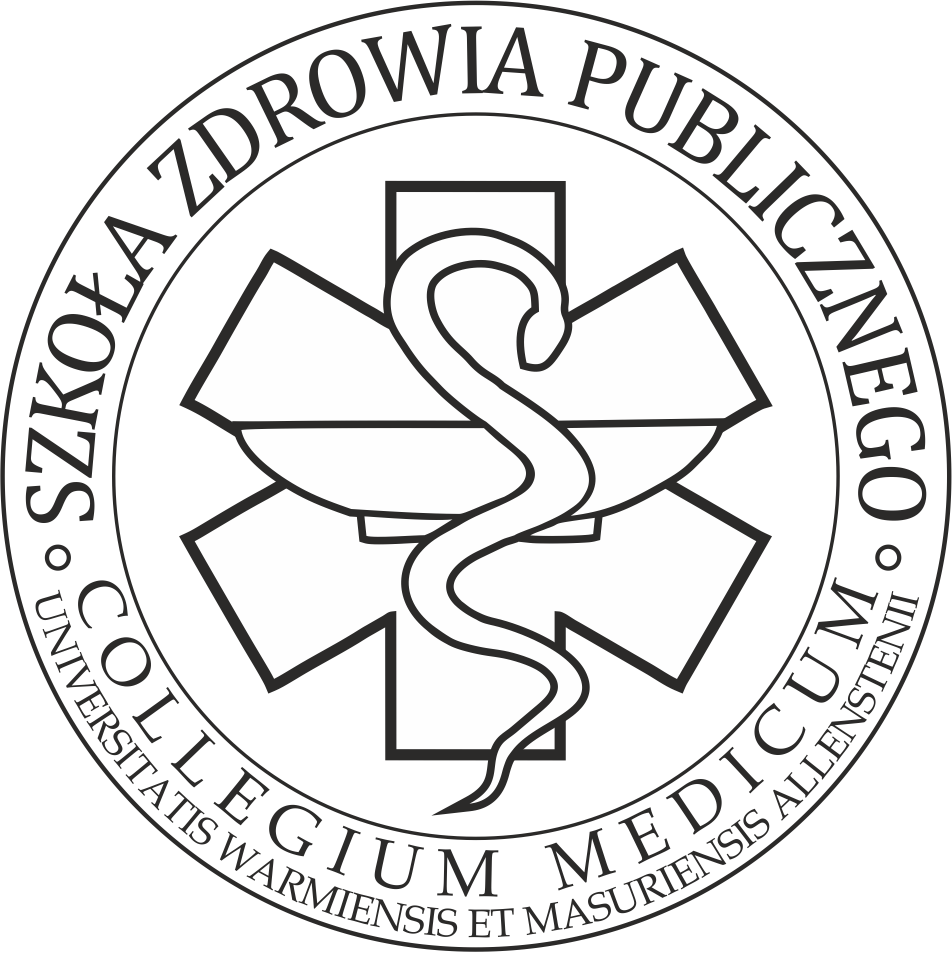Molecular Biology and Genetics
Course Medicine
MOLECULAR BIOLOGY AND GENETICS (part II, Genetics)
English Division, Ist Year
2022/2023
Class No. 1 [5 academic hours]
Subject: Introductory Exercise
1. Overview of the Rules of classes – Students sign a sign-in sheet
2. Principles of microscopy techniques – PowerPoint 1
Subject: The structure of prokaryotic and eukaryotic cells
1. Powerpoint 2 – Gram positive versus gram negative
2. Powerpoint 3 - Prokaryotic vs. Eukaryotic cells - structure and function of cellular organelles / Comparison of prokaryotic and eukaryotic cells
In the Lab
1. The structure of the eukaryotic cell – the organization of the nuclear genome
a. microscopic slides - Comparison of human erythrocytes, frogs erythrocytes and chicken erythrocytes - students draw EACH OF THE SLIDES under the microscope and notice the lack of the nucleus and genetic information in the human erythrocyte
Subject: The division of genetic material during cell divisions - mitosis and meiosis
1. Powerpoint 4 - The cell cycle (interphase, G1 phase, S phase, G2 phase, G0 phase) / The division of somatic cells – mitosis / The division of gamete cells – meiosis
In the Lab
1. Mitosis and Meiosis
cell division model - Comparison of mitosis and meiosis – Students properly arrange the sequence of mitosis and meiosis with the modelling kit, and draw the proper stages in their lab book
Subject -Introduction to genetic concepts & Mendelian Genetics
1. Powerpoint 5 - Genetic material (location in the cell, chemical composition and structure of nucleic acids, functions, genetic code, codon, anticodon, intron, egsone, nucleosome)
2. Basic concepts of genetics (gene, allele, locus, phenotype, phenocopy, genotype, dominant and recessive trait, genome, chromosome, autosome, heterosome)
3. Mendel's Laws (Parentes cross, test cross, backcross)
4. Interaction of alleles (co-dominance, incomplete and complete dominance)
5. The interaction between genes (epistasis, complementation)
6. Pleiotropy
7. Lethal and sub-lethal genes
8. Poligenes, oncogenes
9. Gene conversion
10. Linkage genes, crossing – over, genetic distance
In the Lab
1. microscopic slide The location of DNA and RNA in onion (Allium cepa) root tip cells
2. students draw the 4 stages of mitosis
Homework:: read pages 41 – 56 vol.2 / short quiz in class 2
Class No. 2 [5 academic hours]
Quiz 1
Subject: Mendelian & non-Mendelian genetics
Subject: Inheritance of human traits
1.Powerpoint 6 -Basic concepts ofinheritance monogenic traits which are autosomal dominant, recessive and codominant with examples of enzympathy and hemoglobinpathy.
2. Powerpoint 7 - Genetics of blood group and human Rh factor. Serological conflict of Rh system.
3. Principles of quantitative traits inheritance - analysis of chosen quantitative traits in human
In the Lab
a. microscopic slide - spherocytosis - blood smear of the patient --drawing
b. microscopic slide - sickle cell disease - a patient's blood smear – drawing
c. demonstration - phenyloketonuria – urine sample –
d. demonstration -alcaptonuria – detection
e. worksheet (75 & 76) – Gene Mutations and Genetic Disease including Huntington’s Disease, Sickle Cell Anaemia, Cystic fibrosis, achondroplasia, etc.
Subject: Population genetics
1. Powerpoint 8 - Hardy-Weinberg Law
2. The frequency of selected alleles in human populations.
a. frequency of recessive and autosomal traits – protocol of experience
b. The sensation of taste phenylthicarbamide (PTU) - the calculation of gene frequencies and genotype on the basis of the Hardy-Weinberg - protocol of experience
3. Influence factors (mutation, selection and genetic drift) on the change of allele frequencies in the population
a. Genetic drift - an analysis of the model - protocol of experience
4. A/V Presentation – Genetic Drift
Subject – gene mutations worksheet (73)
Homework:: read pages 218 – 228 vol.1 / short quiz in class 3
Class No. 3 [5 academic hours]
Quiz 2
Subject: Inheritance of human traits
1. Powwerpoint 9 - Sex Human Chromatin / Inheritance of linkage with sex traits
a. daltonism – detection of abnormal color vision with pseudochromatic Ishiharas tables – demonstration with description
b. hemophilia A, B
In the Lab
1. microscopic slide - Sex chromatin in granulocytes - "stick drummer"
2. microscopic slide - Barr body
3. worksheet – pedigree analysis
Subject: Basics of cytogenetics
1. Powerpoint 10 - Types of sex determination / The structure and principles of human chromosomes classification
2. Video – DNA Mutation
Subject: Mutagenesis. Genomic mutations. Numeric and structural aberrations of chromosomes
1. Powerpoint 11 - Numeric – aneuploidia of heterosomes
a. monosomy 45, X (Turner syndrome)
b. trisomy 47, XXY (Klinefelter syndrome)
c. Other examples of trisomy
• 47, XXX - karyotype subject
• 47, XYY - karyotype subject
Subject: Numeric and structural aberrations of chromosomes
1. Powerpoint 12 - Numerical aberrations: aneuploids of autosomes
a. trisomy 21 (Down syndrome)
b. trisomy 18 (Edwards syndrome)
c. trisomy 13 (Patau syndrome)
2.Autosome struktural aberrations
• deletion of the short arms of chromosome from group B (band "cri du chat")
3.Notation of karyotype and arrangement of human karyograms with chosen numerical and structural aberrations of chromosomes.
In the Lab
Worksheet – multifactorial traits
Class No. 4 [5 academic hours]
Subject: Mitochondrial inheritance, GMOs
1. Transgenic organisms presentation
2. Mitochondrial DNA presentation
a. Worksheet – Applications of GMOs
Subject: Theoretical colloquium / test.


